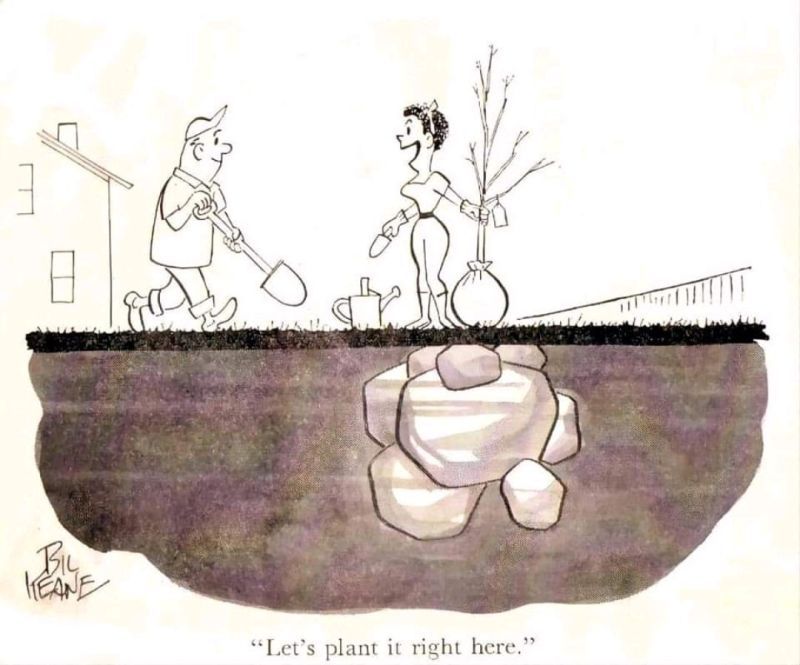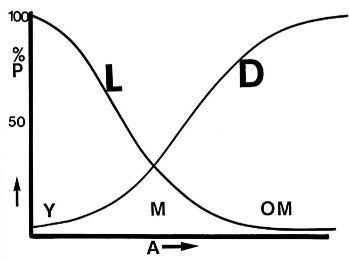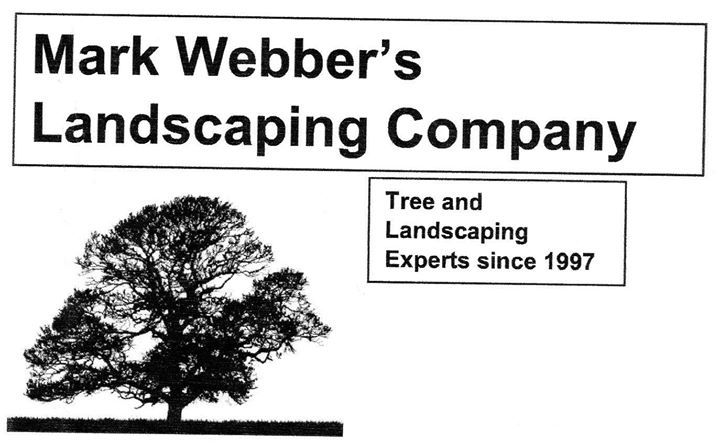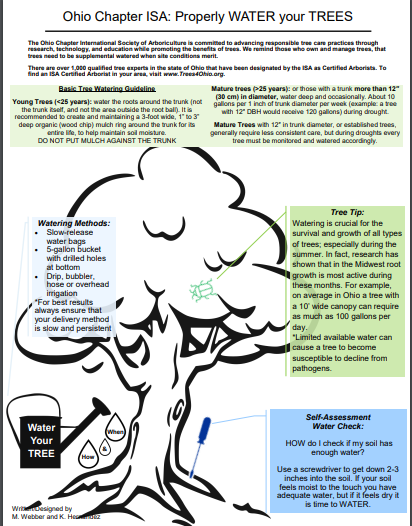Fertilization of Fruit Trees
The step by step process.
I often get the question how much should I fertilize my fruit trees and grapes. Beyond telling the client to do a soil test ,it is also important second step to check what's inside the plant by foliar analysis or a leaf test. Leaf tests are done in June.
Provided below is a basic formula to follow. Keep in mind the amount of fertilizer added is based upon last years annual growth(Average shoot elongation). For Stone fruit trees (i.e. peach, cherry, plum and nectarines) can be fertilized at a maximum rate of 1/8 pound of nitrogen per inch of trunk diameter (measured 1 foot above ground level). Apply this amount if the tree’s annual growth is on the low end of the recommendation. Keep in mind excess fertilizer applications will dramatically affect fruit quality and yields.
Non-Bearing Trees
Annual Growth Rate
Apple,Peach,Tart,Cherry,Plum & Sweet Cherry 12 to 36 inches
Bearing Trees Last Year’s Annual Growth Rate
Apple Non-Spur 6 to 18 inches
Apple Spur-type 6 to 10 inches
Pear 12 to 16 inches
Peach & Nectarine 12 to 18 inches
Tart Cherry 8 inches
Plum & Sweet Cherry 8 inches
Apply less fertilizer if the previous season’s growth rate falls in between the recommended growth increments. If too much nitrogen is applied it can lead to excessive leaf and tree growth over fruit production.
The maximum rate of nitrogen to apply to pome fruit trees (apples and pears) is 1/10th pound of nitrogen per inch of trunk diameter (measured 1 foot above ground level). Apply this amount if growth the previous year was at the low end of the recommended rate. As with stone fruits, apply less nitrogen the closer the actual growth rate approximates the recommended growth rate. Placement of Fertilizer Nitrogen (N) and other nutrients, with the exception of zinc, can be broadcast over the ground and watered in, or applied in a band in the irrigation furrows prior to irrigation. Do not apply fertilizer against the trunk as tissue damage may result. Spread the fertilizer evenly and do not dump it in a pile at the base of the tree or injury will result. If the area to be fertilized is more or less than 1,000 sqaure feet, calculate the amount of fertilizer to apply accordingly. Foliar applications can also be used if appropriate materials are chosen.
You should maintain a record on the amount of nitrogen applied each year and the resulting growth. Such records provide a guide for the amount of nitrogen fertilizer to apply to achieve the desired results.
Grapes
General Fertilizer Application Methods It is generally agreed that soil applications in established vineyards should be in a 3 to 5 ft. wide band, parallel to the row. Take care to keep the band 18” to 24” away from the base of the vines. This is most important on young vines.
Soil pH Grapes fall into two general categories related to pH preference. American grapes (Lambrusca) generally prefer a lower soil pH than do European varieties (Vinifera, French hybrids). University publications and other authorities differ somewhat on the ideal soil pH for the two types of grapes, especially the American varieties. These sources indicate that American grapes perform best when the soil pH is between 5.0 and 6.0, with several suggesting a soil pH of from 5.5 to 6.0. It is generally agreed that the European varieties do best with the soil pH near 6.5. The following is a list of some varieties by type: AMERICAN VARIETIES (Lambrusca) Alden Concord New York Muscat Reliance Steuben Bath Delaware Niagara Remaily Suffolk Red Buffalo Himrod Norton Schuyler Van Buren Canadice Mars Price Seneca Vanessa EUROPEAN VARIETIES (Vinifera, French hybrids) Aligote Cabernet Sauvignon Chardonnay Landot Seyval Blanc Aurore Carmine Cardonnel Merlot Vidal Blanc Baco Noir Cayuga White DeChaunac Pinot Noir Bignoles (ravat 51) Chambourcin Foch Rayon d’Or Cabernet Franc Chancellor Gewurztraminer Riesling (also called White Riesling
Nitrogen (N)
Grapes do not have a high N requirement, when compared to many other crops. In fact, a high plant N content late in the season is often detrimental to the quality of both types of grapes, whether for jams, juice, jelly, or wine. High plant N levels late in the season can also adversely affect the vines ability to withstand a severe winter. However, inadequate N will reduce yields and profits. It is important to understand and identify the needs of a specific crop, or section of the vineyard. New Plantings There is little in the literature to suggest a different N rate for new plantings. Some sources recommend about ½ the rate of N for new plantings. However, a logical case can be made for maintaining the same, or increasing the rate of N on new plantings, since the goal is to grow vines, not grapes. The use of a higher N rate should be tempered by the possibility of having a soft succulent plant going into winter or creating a significant amount of carry-over N in the first year of bearing fruit.
Additionally, the subject trees and grapes should under go yearly foliage analysis testing to determine the best fertility regimes.












